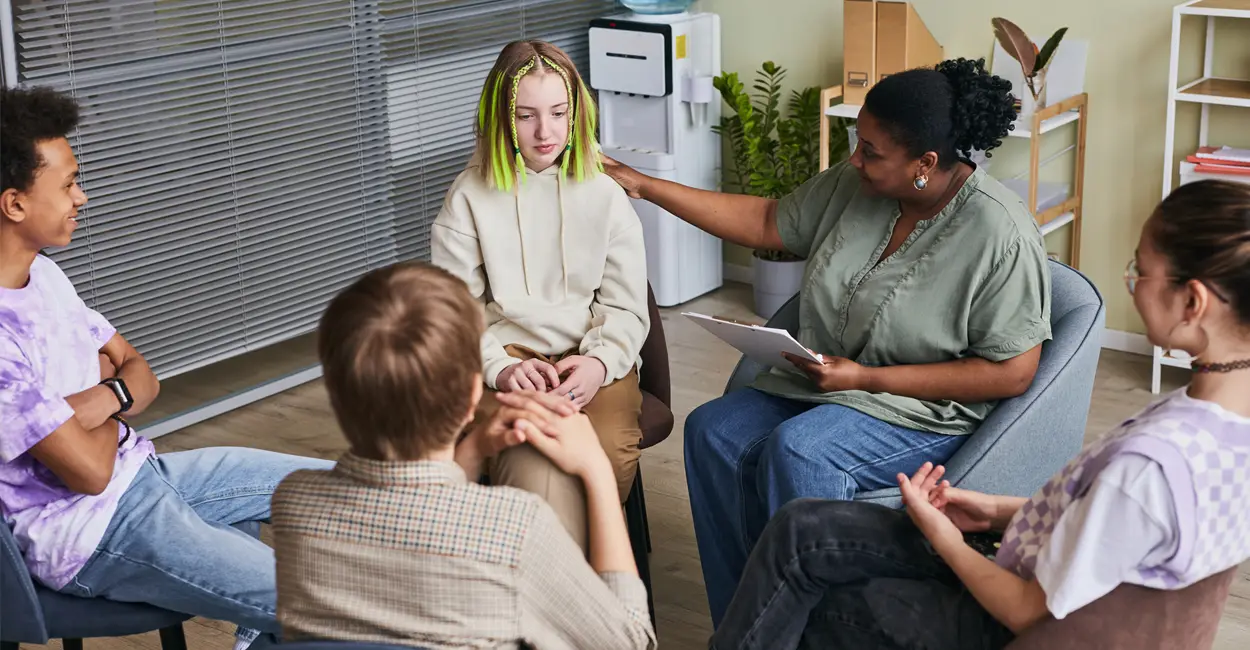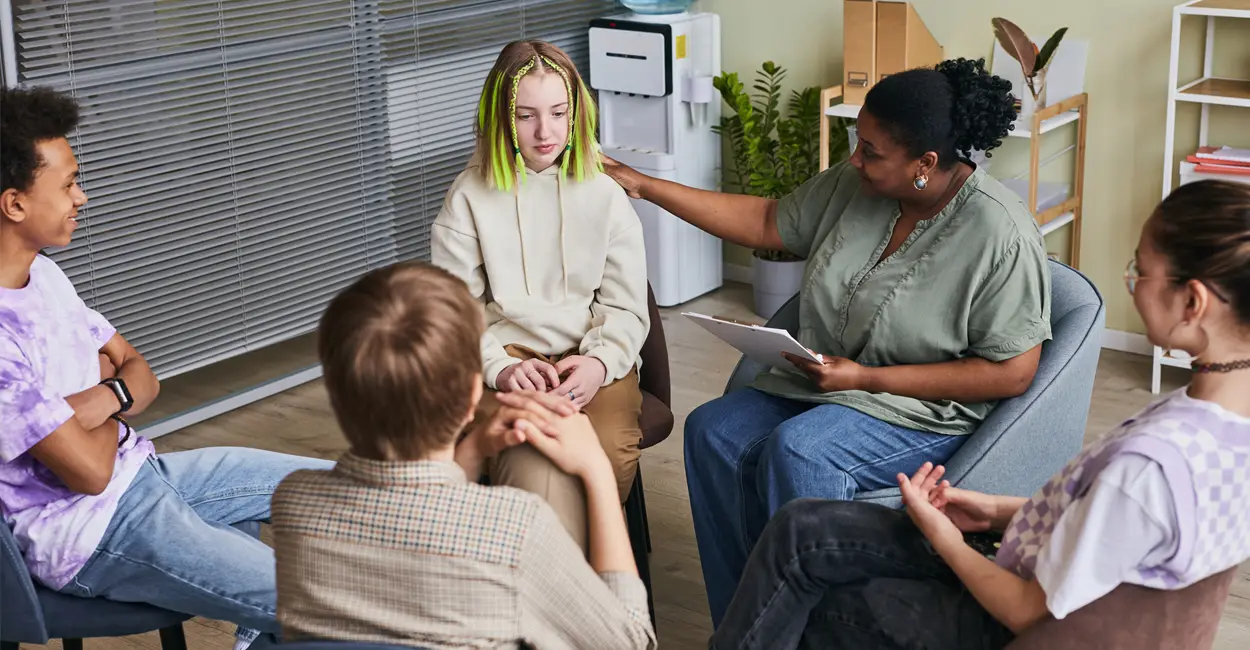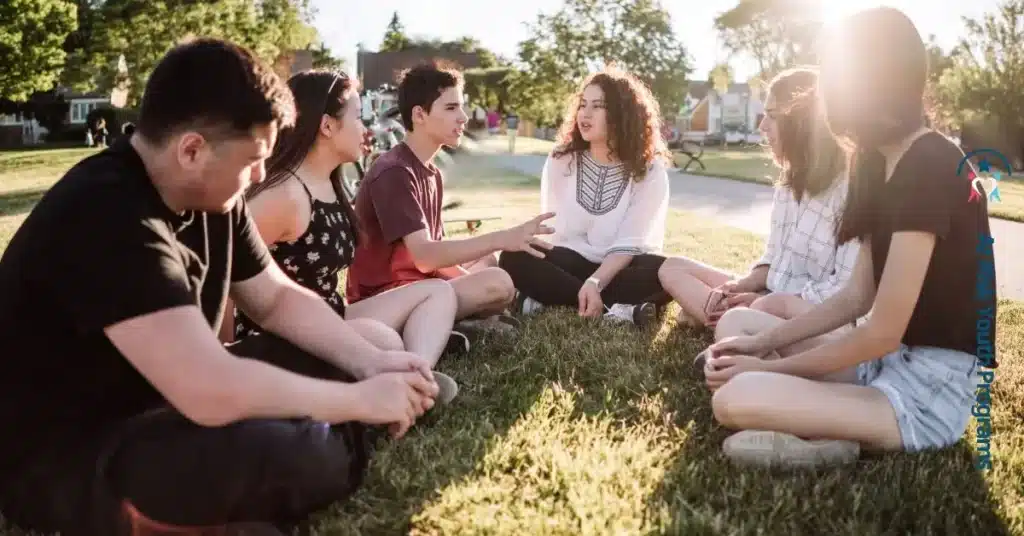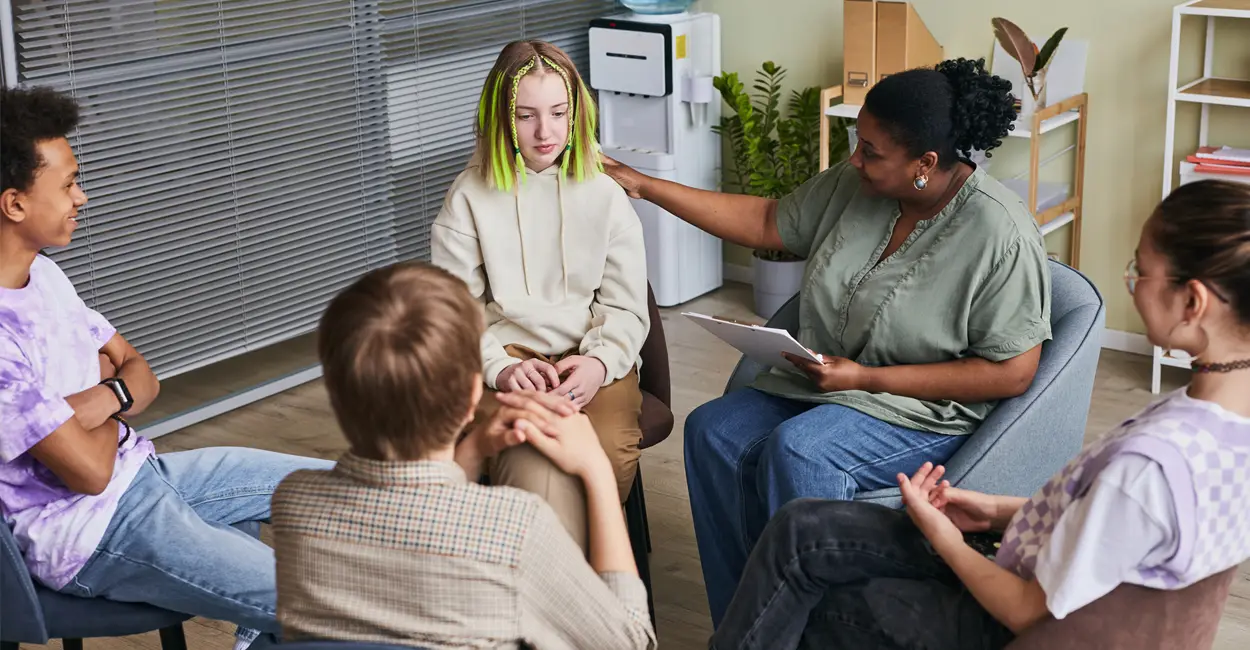24/7 Helpline:
(866) 899-221924/7 Helpline:
(866) 899-2219
Learn more about Ativan Rehab centers in Shasta County
Ativan Rehab in Other Counties

Other Insurance Options

Choice Care Network

AllWell

State Farm

Magellan Health

Health Choice

Coventry Health Care

American Behavioral

Optum

Horizon Healthcare Service

Cigna

GEHA

Humana

Aetna

Sliding scale payment assistance

ComPsych

Lucent

Molina Healthcare

BlueShield

Regence

Magellan

Psychiatric Care Center
Psychiatric Care Center is a private rehab located in Redding, California. Psychiatric Care Center s...

Shasta County Health Services – Perinatal Treatment
Shasta County Health Services – Perinatal Treatment is a public rehab located in Redding, California...

Empire Recovery Center
Empire Recovery Center is a non-profit agency offering substance use disorder treatment through a co...

Empire Recovery Center – Outpatient
The Empire Recovery Center was founded in 1971 and became a nonprofit drug rehab center in 1975. It ...

Shasta County Mental Health
Shasta County Mental Health is a public rehab located in Redding, California. Shasta County Mental H...
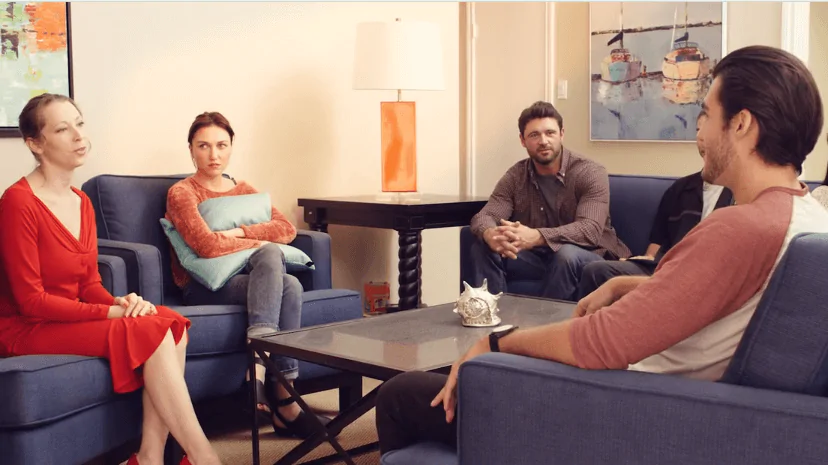
Cumberland County Guidance Center
Cumberland County Guidance Center is a private rehab located in Millville, New Jersey. Cumberland Co...

























Alano Club
Alano Club of Redding is a non-profit rehab located in Redding, California. Alano Club of Redding sp...

Cornerstone Recovery Systems – Women’s
Cornerstone Recovery Systems – Women’s is a private rehab located in Redding, California. Cornerston...

Redding Treatment Network
Redding Treatment Network is a private rehab located in Redding, California. Redding Treatment Netwo...

St Jude Clean and Sober Homes
St Jude Clean and Sober Homes is a private rehab located in Redding, California. St Jude Clean and S...

Redeemed Recovery Services
Redeemed Recovery Services is a private rehab located in Redding, California. Redeemed Recovery Serv...

Pit River Substance Abuse Program
Pit River Substance Abuse Program is a public rehab located in Burney, California. Pit River Substan...

About Time Recovery
About Time Recovery is a private rehab located in Redding, California. About Time Recovery specializ...

New Dawn Treatment Centers
New Dawn Treatment Centers is a comprehensive addiction, substance use, and co-occurring disorder me...

Shasta Treatment Center
Shasta Treatment Center is a private rehab located in Redding, California. Shasta Treatment Center s...






